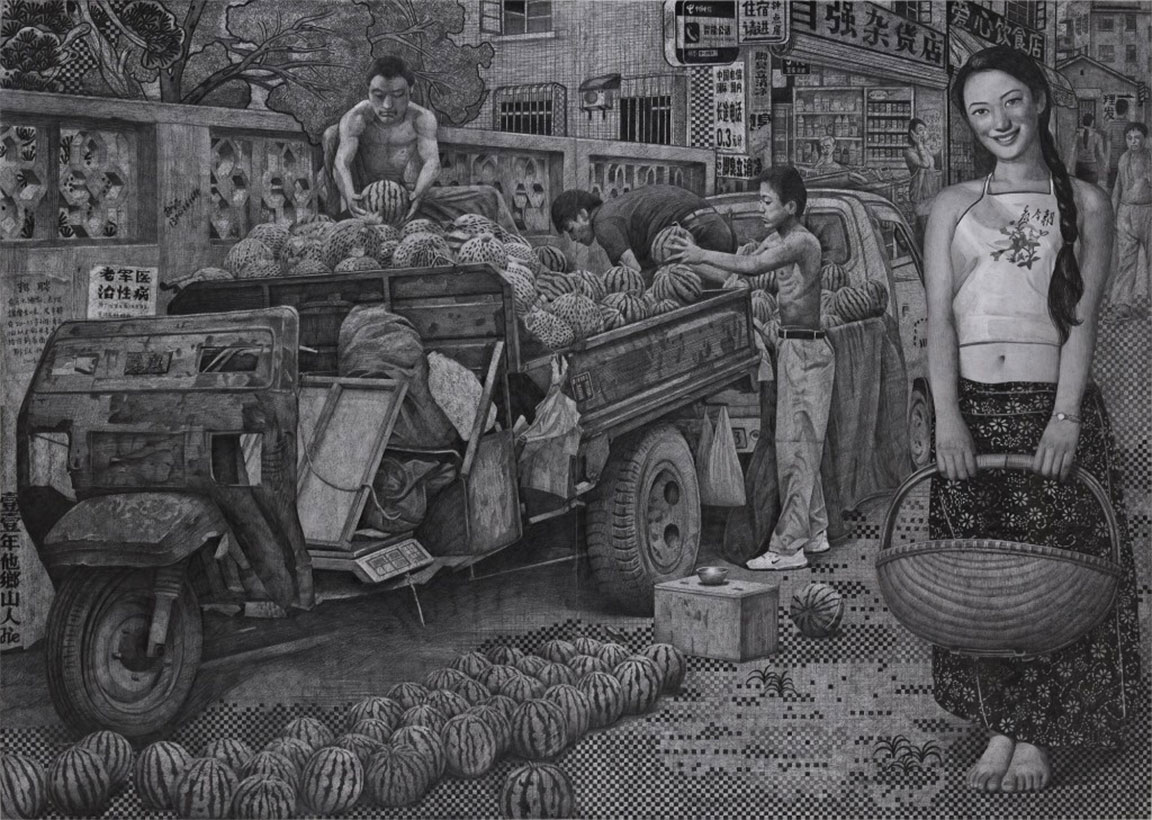
Why is drawing so important to you, as a medium?
Qiu Jie: I have used pencil since I was a child when, in China, we did not have enough money to buy more material. I was forced to use what I had. When I started to study art at Ecole des Beaux Arts in Geneva, I learnt how to paint, as everybody does. But I came back to pencil on paper by choice. It is a discipline that is often considered as a way to prepare a painting, pencil is very rarely the main tool. My drawings were immediately successful and since then, it became my main focus. Drawing with the simplest material possible is part of my philosophy. I don’t like big art installations. My artworks are extremely light; this is part of the bare simplicity of the process. I am aiming to reach the essence of things with modest tools. But above all, what is important is not the medium. I also create paintings, calligraphy and installations. Today, these different works are like several houses I own, they are not linked and each technique needs its own specific work. But my goal is that all of these form a unity. Today, when you talk to someone about my art, he will automatically think of my drawings. But I want to be independent from the medium, I do not like to be imprisoned and defined by the medium. My goal is to reach this freedom so that everything becomes spirit and is not submitted to a form or an idea.
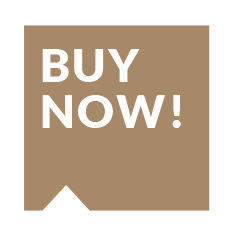
What are your sources of inspiration?
I have many sources of inspiration. For the last ten years, I have gone to China, my home country, many times. As my parents live in a small town, I can enjoy old scenes that no longer happen in big cities but which remind me of my youth. These scenes are quite important in my work and testify that China still have this traditional and authentic spirit that globalization and modernization swallowed. In the small shops selling everyday products, I can see the reflection of Chinese life that exactly corresponds to my philosophy: even though the shop is very small, one can find whatever he needs. And I like to echo this in my drawings in luxurious details.
The Cultural Revolution and the Maoist period is always something I have in mind because they are part of my reality. Not that my drawing are political but this imagery appeals to me in an aesthetic way. I like to integrate these elements in my drawings. This is also why I add the colour red to some of them. Finally, I am inspired by a quantity of sources from popular culture such as magazines, ads, newspapers. I like to read them and find interesting images that will become characters of my story.
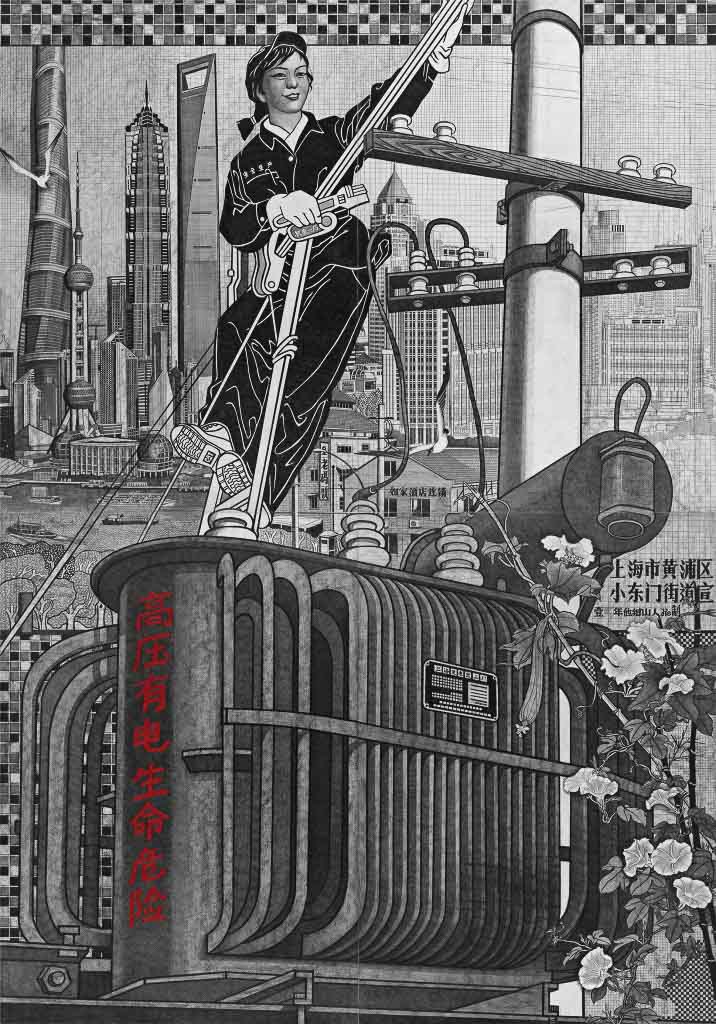
What is your creating process?
Each drawing is like a novel I write. With the various sources of inspiration, I create a story. I progressively know which elements will be part of the story but then I have to think of the plot, the common thread that links them. It can take months! And sometimes there is a white space, as a white page in a novel and it is difficult to find a solution. I work with small pieces of paper, so when I create big formats I have to glue the different sheets together. Again, at the beginning this was caused by a lack of space, I had a small desk that could not hold a big piece of paper. But I have chosen to keep it the same way. When I draw sheet after sheet, it allows me to be more precise because each sheet is isolated from the other. This way, there is no subject that is more important than the other. There is no part of the artwork that is more blurred or less precise than another. It is all extremely focused. This way of drawing conveys a certain naivety, innocence in the drawing which can relay to art brut. When I don’t like the story, I have the flexibility to tear the sheet I disagree with and replace it by another. I can also add a sheet if I think the story is not finished. Limits do not exist; I am always able to add elements of narration. And you can notice that there is usually no space for the sky in my artworks … So many things to say!
Moreover, pencil allows me to be flexible. I am able to erase what I have done and draw on top. Of course, marks and hints of the previous drawing remain present but this is extremely important to me. I want to show that I am creating, constructing something, that I have strived to do so, that I have adjusted things. This adds a real depth to the artwork.
Is the story you are recounting based on reality?
My drawings are between dream and reality. Realistic elements drift away from reality.
For example, I am not a political artist. I am introducing political elements because of their aesthetics and how they relate to other elements in a humoristic way. Also, I am influenced by real scenes or photos but I romanticize them. For instance, the girls I take inspiration from are not necessarily models but I add sensuality which participates to the dream. The result is that each realistic element is tainted with imagination and the story itself is a dream with realistic elements. At the end, one is not able to tell what is real and what is not.




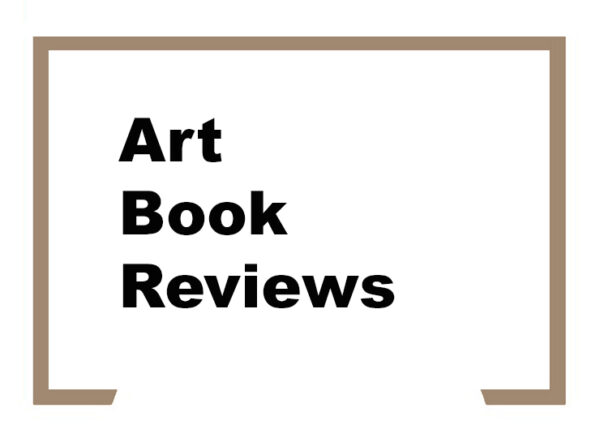
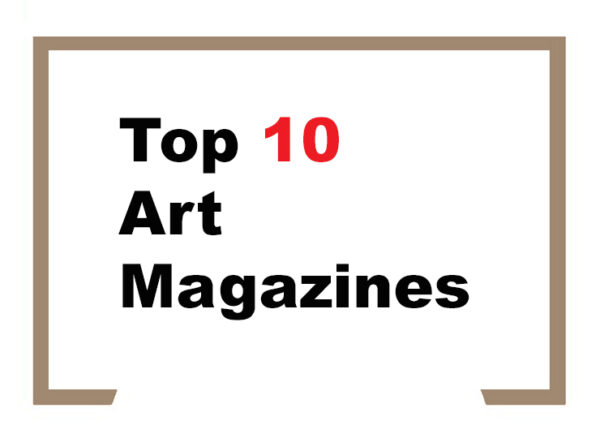
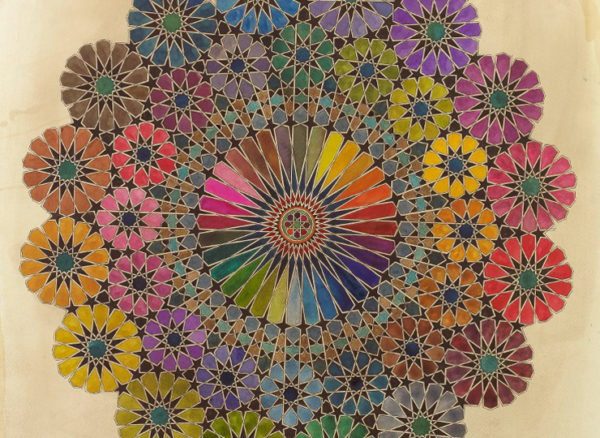
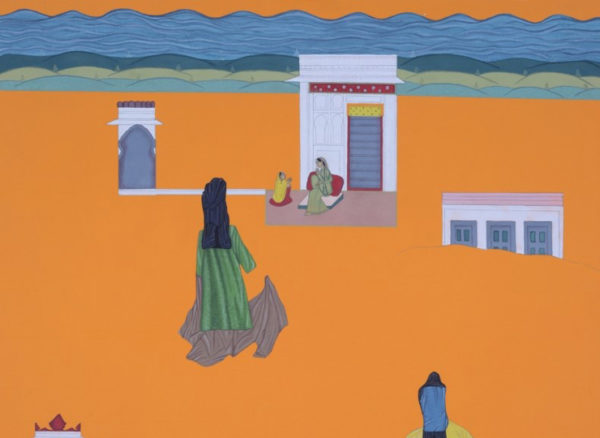
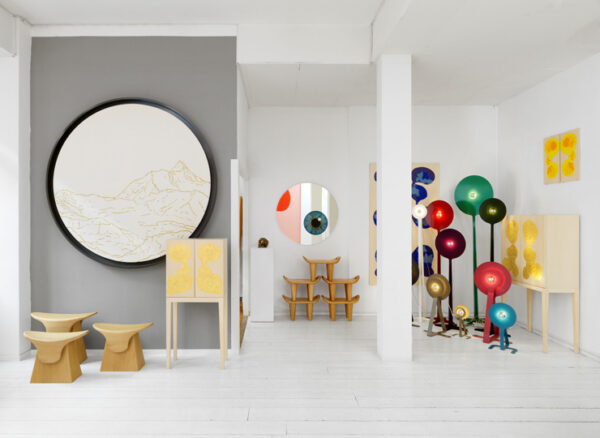
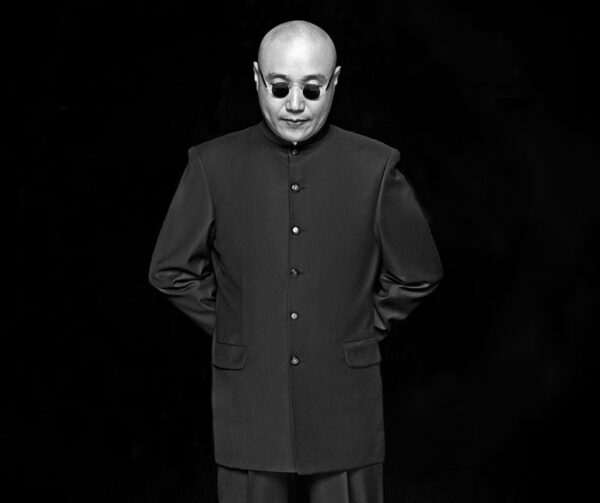
Comments